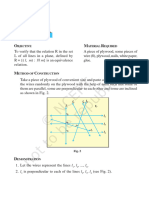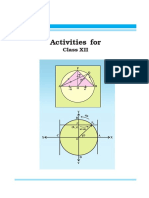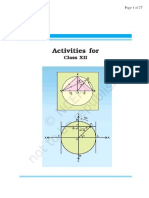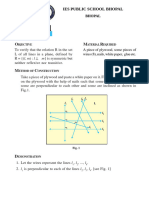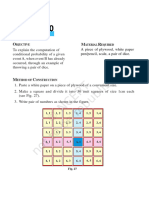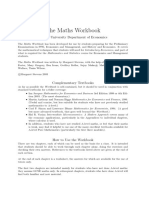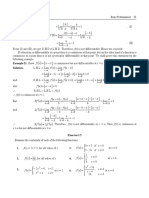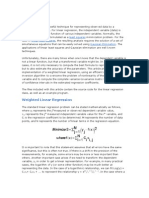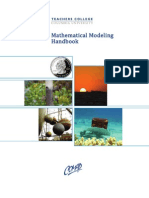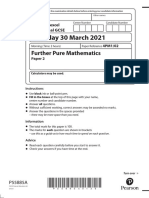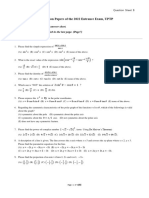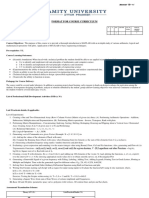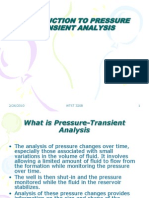0% found this document useful (0 votes)
34 views21 pagesMaths Lab Activity Manual
The document outlines a series of lab activities focused on mathematical concepts such as graphing exponential and logarithmic functions, understanding limits and continuity, and finding maximum volumes of geometric shapes. Each activity includes objectives, required materials, methods of construction, demonstrations, observations, and applications. The activities aim to enhance understanding of mathematical principles through practical application and experimentation.
Uploaded by
buwansrichakradarCopyright
© © All Rights Reserved
We take content rights seriously. If you suspect this is your content, claim it here.
Available Formats
Download as PDF, TXT or read online on Scribd
0% found this document useful (0 votes)
34 views21 pagesMaths Lab Activity Manual
The document outlines a series of lab activities focused on mathematical concepts such as graphing exponential and logarithmic functions, understanding limits and continuity, and finding maximum volumes of geometric shapes. Each activity includes objectives, required materials, methods of construction, demonstrations, observations, and applications. The activities aim to enhance understanding of mathematical principles through practical application and experimentation.
Uploaded by
buwansrichakradarCopyright
© © All Rights Reserved
We take content rights seriously. If you suspect this is your content, claim it here.
Available Formats
Download as PDF, TXT or read online on Scribd
/ 21











